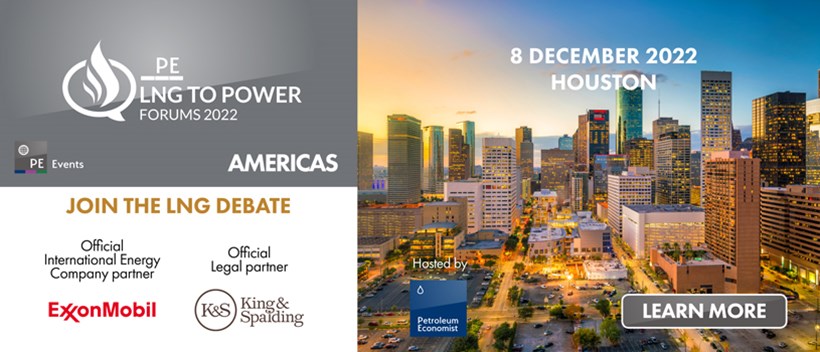
The role of US LNG in the global market has changed significantly in recent months, and will continue to evolve, owing to the Russian invasion of Ukraine exacerbating Europe’s existing gas challenges. This offers new opportunities to US exporters with existing and in-development projects seeing a flurry of contracts signed—not just with European or portfolio players. Asian buyers wanting to secure North American supply in a tightening global market are also taking the plunge. The US’ role as global gas security champion may offer a unique geopolitical opportunity, but it is not universally popular. Industry is concerned with the impact of exports on a rising Henry Hub price, while the environmental lobby does not want US or receiving countries to lock themselves into decades-long fossil fuel infrastructure. And, while short-term prospects look good, the long-term prospects for LNG demand remain subject to the uncertainty of the role of unconstrained gas in a lower-carbon world. So, the traditional financing and contractual challenges remain, while CCS, both for liquefaction plants and gas-fired combustion, and carbon-offset LNG cargoes are emerging questions. In 2022, we are expanding the LNG to Power North America discussion to explicitly include Central and South America. We will explore the variety of LNG-to-power projects that are being developed to move away from oil-fired generation or reduce dependence on hydropower, as well as to partner ambitious wind and solar targets. But high and volatile prices in the global LNG market reduce the attractiveness of the fuel even if promises emissions benefits. The economic and political threats to shifting towards gas at a time of global scarcity will also come under the microscope.






